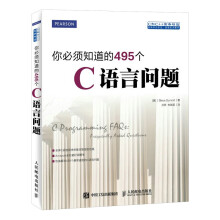《美国内战前女作家爱丽丝·凯瑞研究》:
The terror and anxiety evident in the American/Gothic most often comes from the familiar made strange, the domestic made foreign, the heimlich made unheimlieh.TransLated as "uncanny," i,,t also connotes the known——aperson is/a knowledgeable person——transformed into the unknown.This process of "defamiliarization" is an essential Gothic technique mastered by such twentieth-century American Gothicists,as Shirley Jackson and Stephen King, and is a staple of eontemporary horror movies, where ,ordinary people morph into monsters and gommonplace activities descend into violence. The uncanny, then,especially when applied with all of its connotations, is an essential feature of American Gothic, and Alice Cary may weli be one of its earliest practitioners.
Although I want to concentrate on the first five sketches in the 1852 Clovernook, a good example of Cary's unheimlich Gothic occurs in Uncle Christopher's, a well-reg.,arded story from the second series (1853). The story is narrated by a young woman who accompanies her father on a winter visit to the farm of Uncle Christopher Wright and his family. When she enters the house to meet these relatives for the first time, her. surreal description of them alienates her as much a,s any Gothic heroine entering a dark,lonely castle:
The group consisted of eight persons——one man and sevenwomen; the women so closely resembling each other, that one could not tell them apart; not even the mother from daughters——for she appeared as young as the oldest of them-except by her cap and spectacles. All the seven were very slender, very 'straight, and very tall; all had dark complexions, black eyes, low foreheads, straight noses, andprojecting teeth; and all were dressed precisely alike.
……
展开










